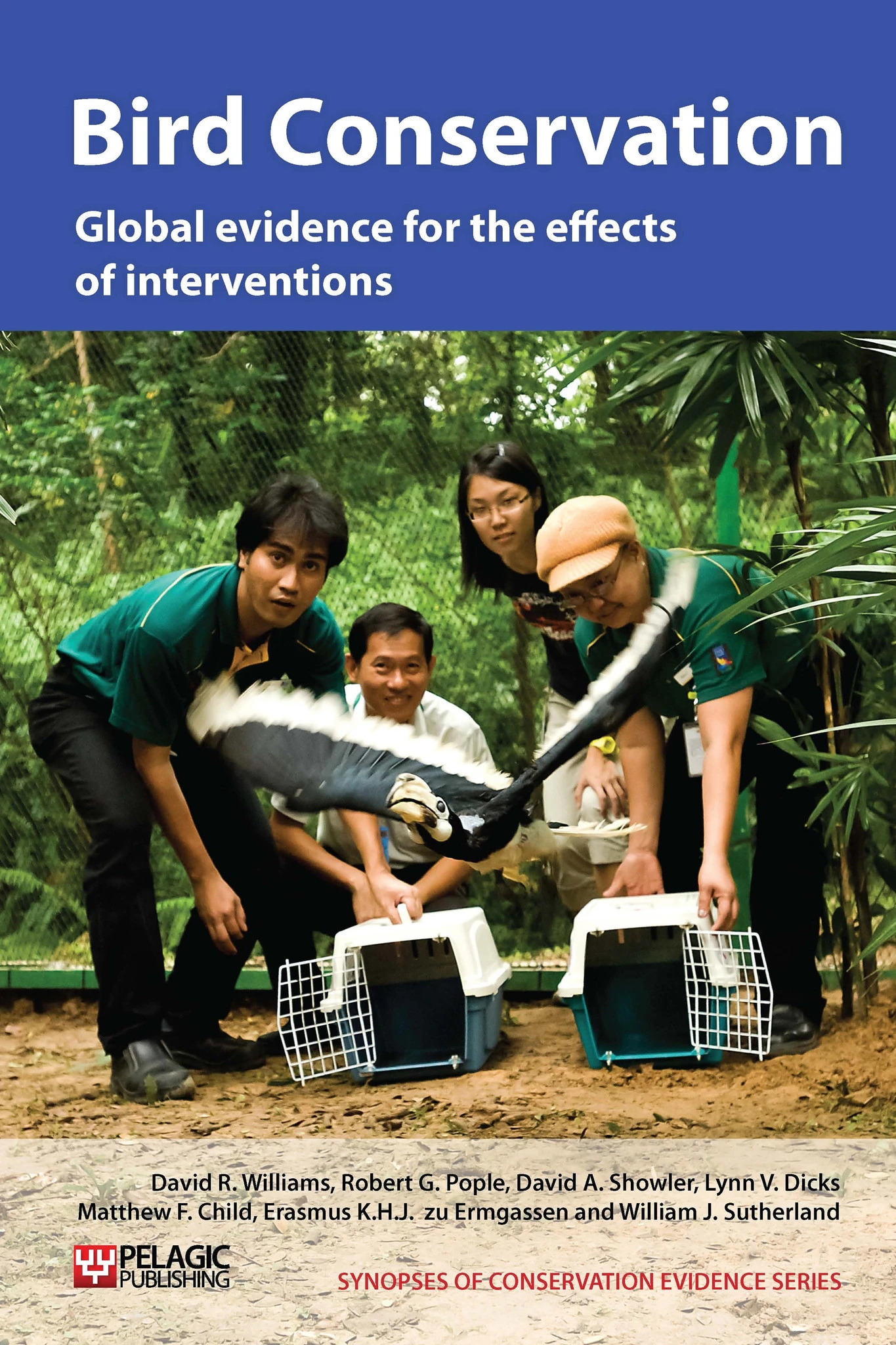Provide paths to limit the extent of disturbance
-
Overall effectiveness category Likely to be beneficial
-
Number of studies: 2
View assessment score
Hide assessment score
How is the evidence assessed?
-
Effectiveness
50% -
Certainty
40% -
Harms
0%
Study locations
Supporting evidence from individual studies
A before-and-after study from March-July in 1986-1988 and 1996-1998 at a moor and bog site within the Peak District, England (Finney et al. 2005), found that Eurasian golden plovers Pluvialis apricaria avoided a significantly smaller area surrounding a path after it was re-surfaced, compared with before (birds avoided areas up to 200 m from the path before re-surfacing vs. areas 50 m from the path afterwards; birds showed no avoidance on weekdays after re-surfacing). Before resurfacing, up to 30% of walkers left the path, afterwards only 4% left it. The study found no evidence that plover reproduction was adversely affected by disturbance around footpaths.
Study and other actions testedA before-and-after study (Pearce-Higgins et al. 2007) using data from the same surveys as in (1) found that dunlin Calidris alpine occupancy within 200 m of the footpath increased by 50% following path re-surfacing in 1994 (35 birds seen before resurfacing vs. 57 afterwards). However, the authors caution that this was not a significant increase, probably due to small sample sizes. The study found no evidence that dunlin reproduction was adversely affected by disturbance around footpaths.
Study and other actions tested
Where has this evidence come from?
List of journals searched by synopsis
All the journals searched for all synopses
This Action forms part of the Action Synopsis:
Bird Conservation
Bird Conservation - Published 2013
Bird Synopsis





)_2023.JPG)














